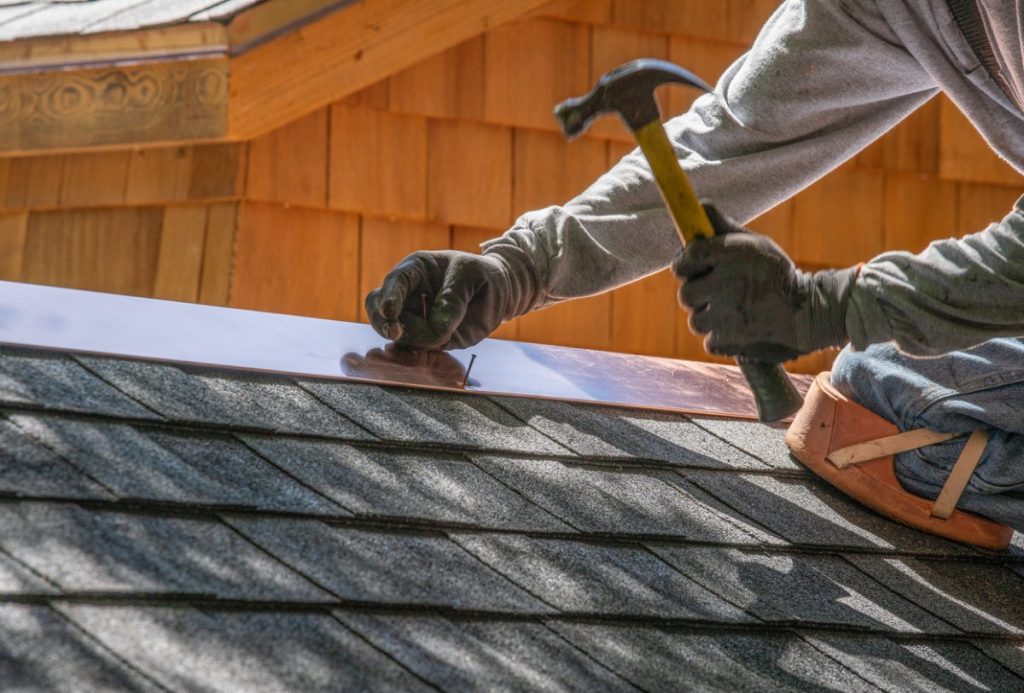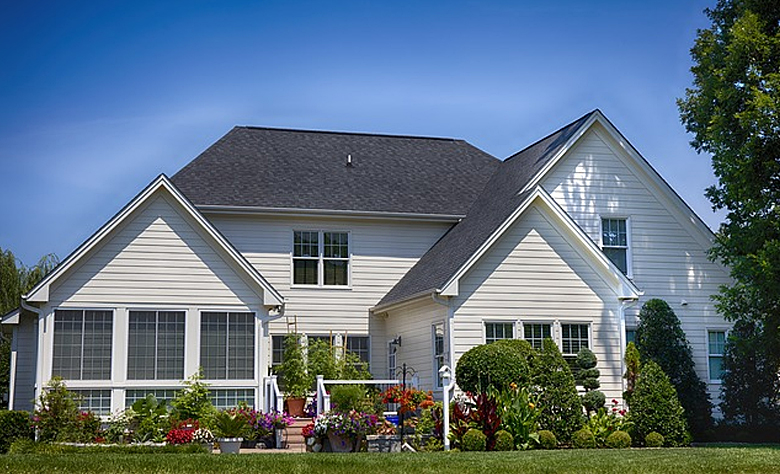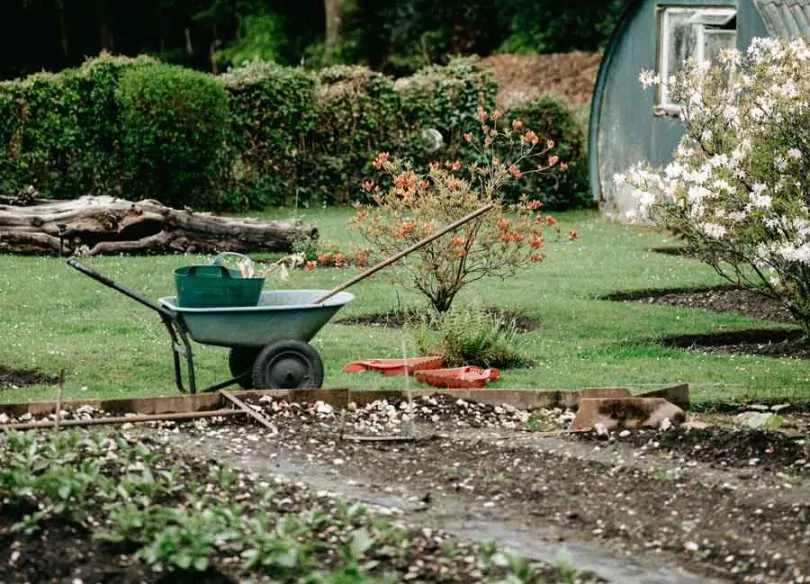DIY Roof Maintenance Guide

Anúncios
Your roof is one of the most important parts of your home as it protects you and your family from the elements. Maintenance is important to keep it in good condition and ensure a long service life. While it’s a good idea to hire a professional roofing contractor, there are a few things you can do yourself to keep your roof in good shape. This DIY roof maintenance guide will show you how to take care of your roof and make it last longer.
1. Check Often
Regular roof inspections are the best way to spot problems before they get worse. Grab a ladder and safely climb to the roof, looking for missing or damaged shingles, cracked caulk, rusted flashing and signs of water damage. If you are afraid of heights, wear glasses to see better from the ground.
Anúncios
2. Clean Downspouts and Gutters
If your gutters and drains are clogged, water can collect on your roof and cause leaks and damage. Clean them often, especially in the fall when leaves and other things get stuck in them. The last dirt can be rinsed off with an outer hose.
3. Trim Overhanging Branches
Trees near your house can make your garden look beautiful, but branches hanging from your roof can be dangerous. Cut down any trees that touch or come close to the roof, as they can cause damage during storms or high winds.
Anúncios
4. Quick Fixes for Leaks
If you find water spots or leaks in your ceiling, fix them immediately. Locate the leak and repair it with roofing cement or repair damaged shingles. If not addressed, leaks can lead to bigger problems, such as mold growth and structural damage.
5. Remove any Moss or Algae
Moss and algae can grow on roofs, especially if the air is humid. Use a soft-bristle brush and equal parts water and bleach to scrub away moss and algae growth. Pressure washers can damage shingles, so be careful not to use them.
6. Provide Adequate Air Circulation
The health of a roof depends on how well it breathes. Check the vents and holes to make sure they are not blocked by objects such as nests or litter. With good air circulation, heat and moisture cannot accumulate and damage the roof from the inside.
7. Check for Flashing
Flashing is a thin layer of metal applied to roof joints, floors and other weak points to keep water out. Check for loose or damaged flashing and repair if so.
8. Consider Coatings
If your roof is flat or has a low slope, you may want to put a cover over it to protect it from the weather. Roof coatings can make your roof last longer and reflect sunlight, which can save you on cooling costs in the summer.
9. Keep Track of Things
Document what you’ve done to maintain your roof and any repairs you’ve made. This log will help you track the condition of your roof over time. It also helps the roofer understand the history of your roof if you need help from the roofer.
10. Prepare for Winter
As the colder months approach, it’s important to prepare your roof for winter weather. Remove remaining leaves and branches from gutters and downspouts to prevent ice dams. When melted snow becomes trapped behind ice dams, water can seep into your home from under the shingles. Also, check the attic insulation to make sure it’s good. Insulation helps keep attic temperatures stable and prevents ice dams from forming.
11. Address Storm Damage Immediately
It is very important to inspect the roof for damage after severe weather such as storm or hail. High winds and hail can loosen or crack a roof, leading to leaks. Carefully inspect the roof and fix any problems as soon as possible. If you need to file an insurance claim, take pictures of the injury.
12. Don’t Climb on the Roof
While it is important to check your roof regularly, try not to walk on it. Walking on the roof can damage the shingles and make it more likely that bad things will happen. If you need to reach a spot on the roof, use a stable ladder or hire a roofer with the proper tools to get the job done safely.
13. Secure the Roof Fittings
For example, if you have solar panels or a satellite dish on your roof, make sure they are properly connected. Loose objects can damage the roof surface and make it unstable. Check the parts and tighten any loose nuts or brackets.
14. Consider Getting a Professional Inspection
While the maintenance in this guide is important, you should have your roof professionally inspected every few years. A professional roofing contractor can spot problems you may have overlooked when inspecting the roof. They can also do more extensive repairs or cleaning if you need it.
15. Know when to Buy New Ones
No matter how well you maintain your roof, there are always times when it needs to be replaced. The average lifespan of a roof is usually 20 to 25 years, depending on the materials used. If your roof is aged or badly damaged, you should consult a professional roofing contractor to see if it needs to be replaced.
Conclusion:
Roof maintenance is an important part of home ownership. A well-maintained roof protects your property and makes your home look better from the outside. By following this DIY roof maintenance guide and performing the suggested tasks regularly, you can ensure that your roof stays in good condition for a long time.
Safety should always be the number one priority when inspecting or repairing your roof. If a job is too difficult for you, don’t be afraid to seek professional help. A well-maintained roof not only protects your home from the elements, it also gives you peace of mind knowing that you’ve done what it takes to keep your home safe.





